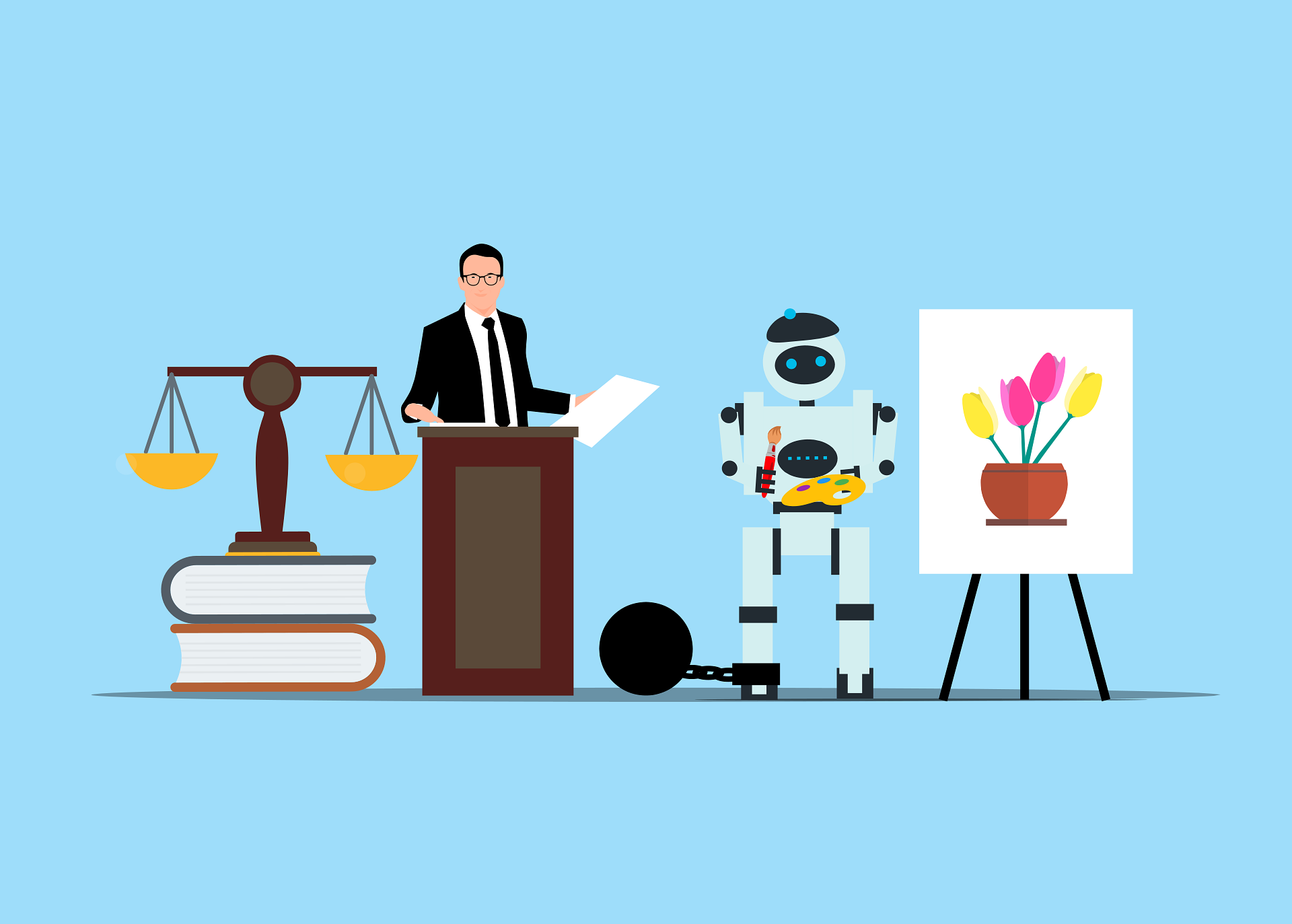The Artistic Pretensions of Silicon Valley: On AI, Copyright, and the Death of Fair Use
In the grand theater of techno-capitalism, a most curious spectacle unfolds: OpenAI, with all the gravitas of a doomsday prophet, announces that should the judiciary continue its impertinent habit of upholding copyright law, America shall surely perish in the great AI race against China. One almost expects Sam Altman to don sackcloth and ashes while delivering this dire proclamation.
How delightfully absurd that a company valued at $80 billion should position itself as a humble servant of national security, merely seeking the “freedom to learn” from others’ intellectual property without compensation. The rhetorical sleight of hand is masterful – transforming what is essentially industrial-scale appropriation into a patriotic duty. One must admire the chutzpah, if nothing else.
The Technical Veneer of Transformation
OpenAI’s technical argument rests on a precarious foundation: that their models “are trained to not replicate works for consumption by the public” but rather “learn from the works and extract patterns, linguistic structures, and contextual insights.” This semantic dance around the word “copy” would make even the most sophisticated scholastic philosophers blush.
Let us examine the technical reality. Large language models like GPT-4 do not possess some mystical ability to “understand” texts; they are, at their core, sophisticated pattern-matching systems. Their training process involves ingesting vast corpora of text – scanning, processing, and encoding statistical relationships between tokens. The model memorizes patterns from these works with remarkable fidelity. The technical distinction between “copying” and “learning patterns” becomes vanishingly thin when the patterns being “learned” constitute the very essence of the creative works in question.
Consider the technical process: during training, LLMs calculate loss functions based on how well they predict the next token in a sequence. This process fundamentally relies on the model’s ability to internalize the stylistic, structural, and semantic elements of the works it consumes. The model is, in effect, being rewarded for replicating the patterns of the original works as faithfully as possible. This is not transformation; it is absorption.
The Judicial Awakening
Judge Bibas’ ruling in the Thomson Reuters case drives a stake through the heart of this tortured logic. The court recognized what should have been obvious: when an AI system is trained on copyrighted legal analyses from Westlaw with the explicit purpose of creating a competing legal research product, it constitutes neither transformative use nor fair use.
The technical details of the judgment are illuminating. Bibas emphasized that Ross Intelligence’s training process did not substantially transform Westlaw’s content. The input (comprehensive legal analyses) and output (AI-generated legal analyses) served identical market functions. The embedding of copyrighted text into vector space does not confer some magical transformative property – a mathematical operation does not automatically constitute artistic transformation.
The Irony of Creative Claims
The supreme irony lies in OpenAI’s simultaneous claims. On one hand, they argue their systems produce wholly creative, novel outputs deserving of copyright protection. On the other, they insist these same systems merely “learn” from existing works without replicating them.
This contradiction becomes particularly apparent when examining how these systems function at a technical level. GPT models operate fundamentally by predicting the most statistically likely continuation of a given prompt based on the patterns observed in their training data. The more closely a requested output resembles something in the training corpus, the more confidently the model reproduces elements of that work. The very mechanism that makes these models useful is their ability to draw upon and recombine elements from their training data.
The National Security Canard
Perhaps most ironic is the invocation of national security – that most sacred of cows – to justify what amounts to a wholesale exemption from intellectual property law. “If the PRC’s developers have unfettered access to data and American companies are left without fair use access, the race for AI is effectively over,” OpenAI portentously declares.
This argument conveniently elides the fact that the most successful AI companies have achieved their current positions precisely because of America’s robust intellectual property protections, which incentivized the creation of the very works they now wish to appropriate without compensation. The technical infrastructure of AI – the research papers, the algorithms, the computational techniques – all flourished within a system that rewards innovation through limited monopolies.
The Death of the Creator
In the final analysis, what OpenAI proposes is nothing less than a radical redistribution of creative value – from individual creators to a handful of tech behemoths – all wrapped in the flag of national security and technological inevitability. The technical reality is that AI systems like GPT-4 are trained to replicate the statistical patterns of human creativity with increasing fidelity. They do not create ex nihilo; they recombine and predict based on existing works.
If the courts ultimately accept the proposition that AI training constitutes fair use, they will have effectively declared that the most valuable aspect of creative works is not their expression but their patterns – patterns that can be legally extracted, processed, and monetized without compensation to their creators.
The supreme irony is that a system designed to eliminate the economic value of human creativity is being defended as necessary for human flourishing. In attempting to build machines that can create like humans, we may inadvertently create a world where human creation has no economic value at all.

Founder and Managing Partner of Skarbiec Law Firm, recognized by Dziennik Gazeta Prawna as one of the best tax advisory firms in Poland (2023, 2024). Legal advisor with 19 years of experience, serving Forbes-listed entrepreneurs and innovative start-ups. One of the most frequently quoted experts on commercial and tax law in the Polish media, regularly publishing in Rzeczpospolita, Gazeta Wyborcza, and Dziennik Gazeta Prawna. Author of the publication “AI Decoding Satoshi Nakamoto. Artificial Intelligence on the Trail of Bitcoin’s Creator” and co-author of the award-winning book “Bezpieczeństwo współczesnej firmy” (Security of a Modern Company). LinkedIn profile: 18 500 followers, 4 million views per year. Awards: 4-time winner of the European Medal, Golden Statuette of the Polish Business Leader, title of “International Tax Planning Law Firm of the Year in Poland.” He specializes in strategic legal consulting, tax planning, and crisis management for business.



